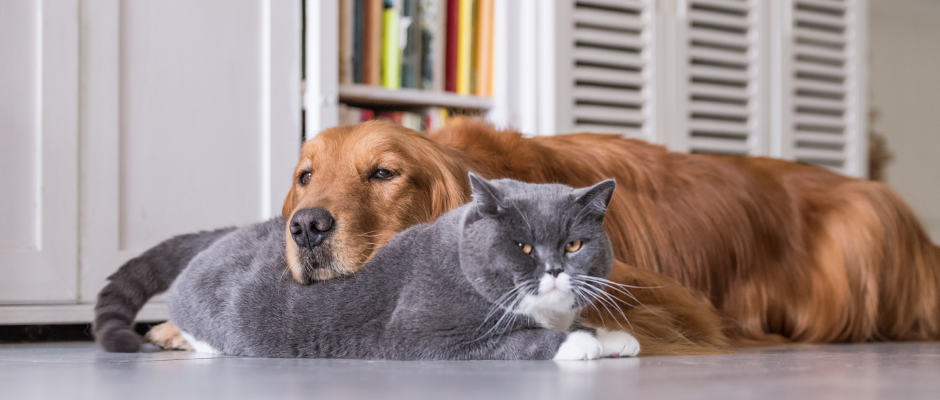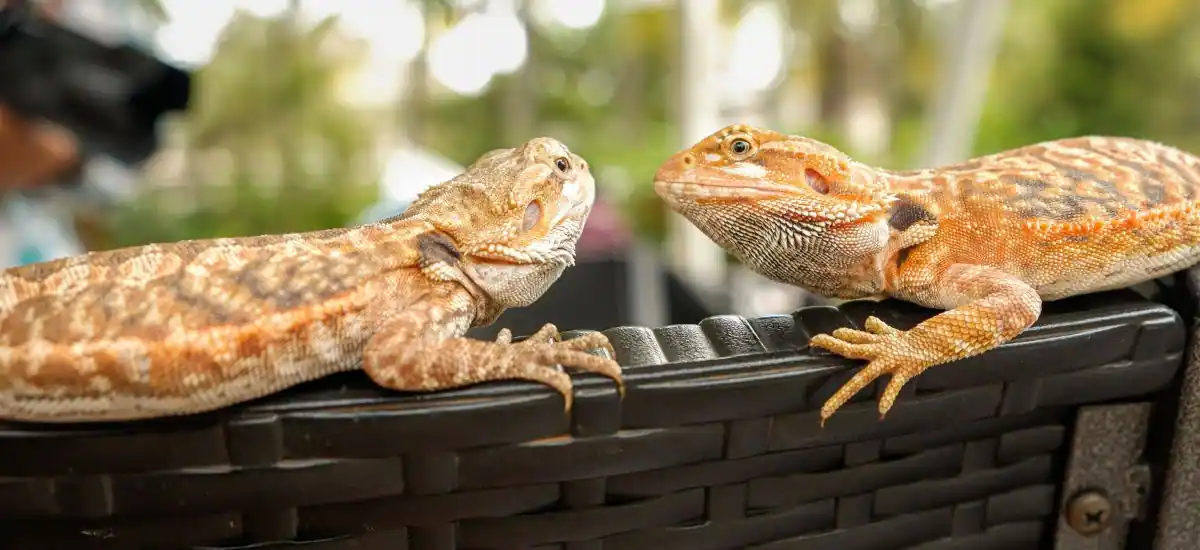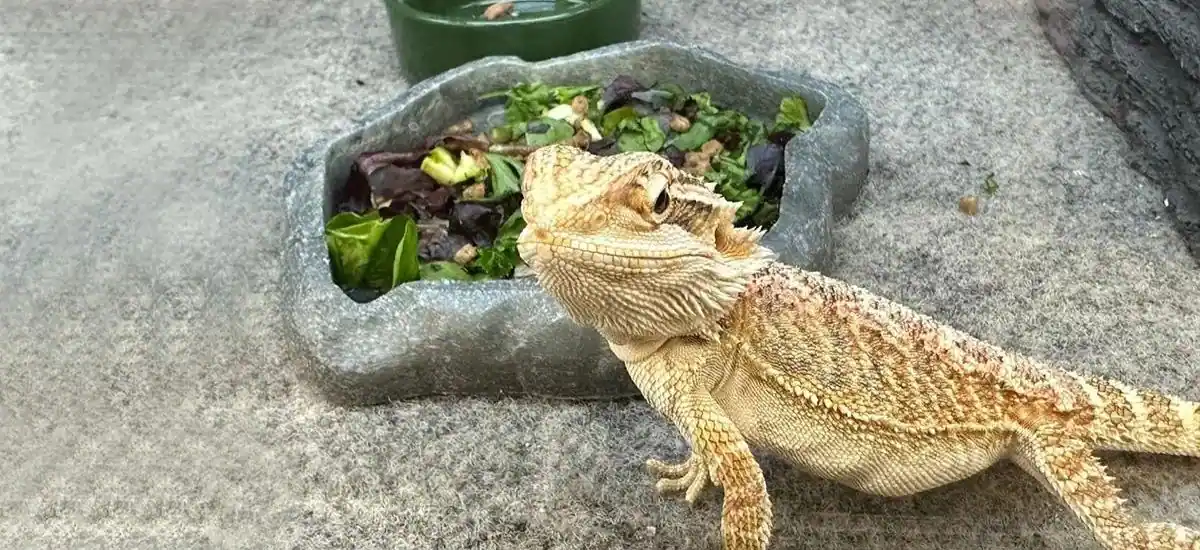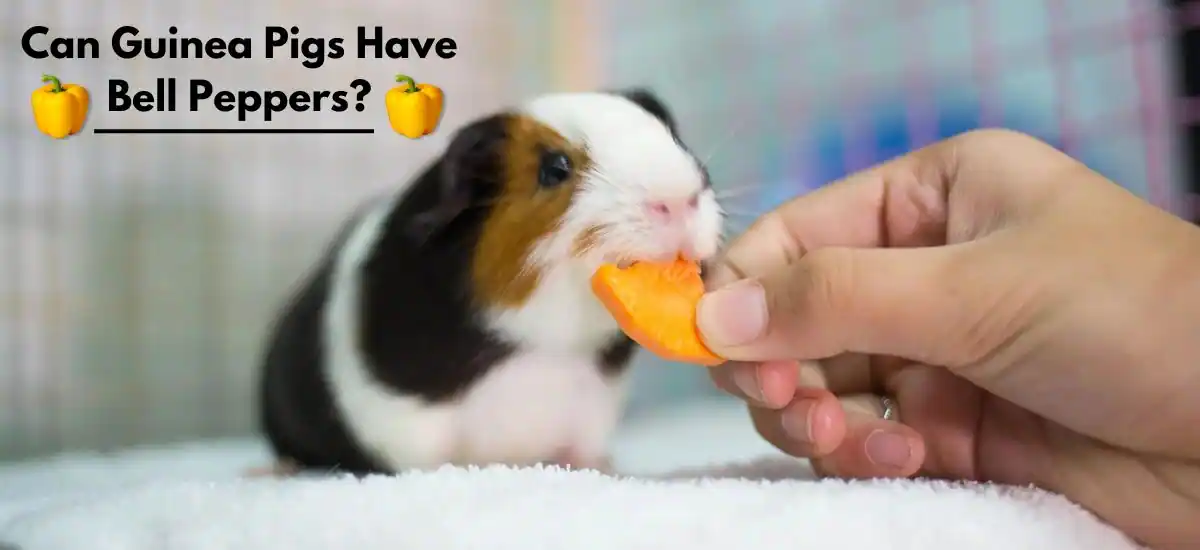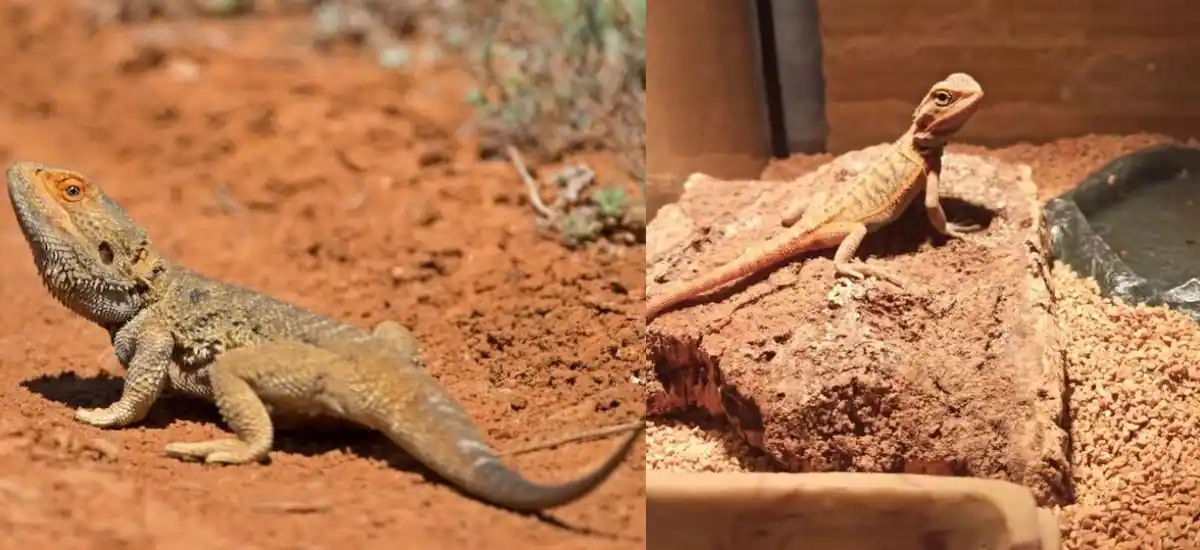The third eye, or parietal eye, of a bearded dragon is a unique sensory organ located on the top of their head. Unlike their main eyes, the third eye doesn’t form images but is highly sensitive to changes in light and shadows. This feature plays a crucial role in the survival of bearded dragons by helping them detect predators from above, locate optimal basking spots, and regulate their circadian rhythms to manage sleep cycles effectively. Understanding the function and care of the third eye can greatly enhance the well-being of these fascinating reptiles, making it an essential aspect of responsible bearded dragon ownership.
What Is the Third Eye in Bearded Dragons?
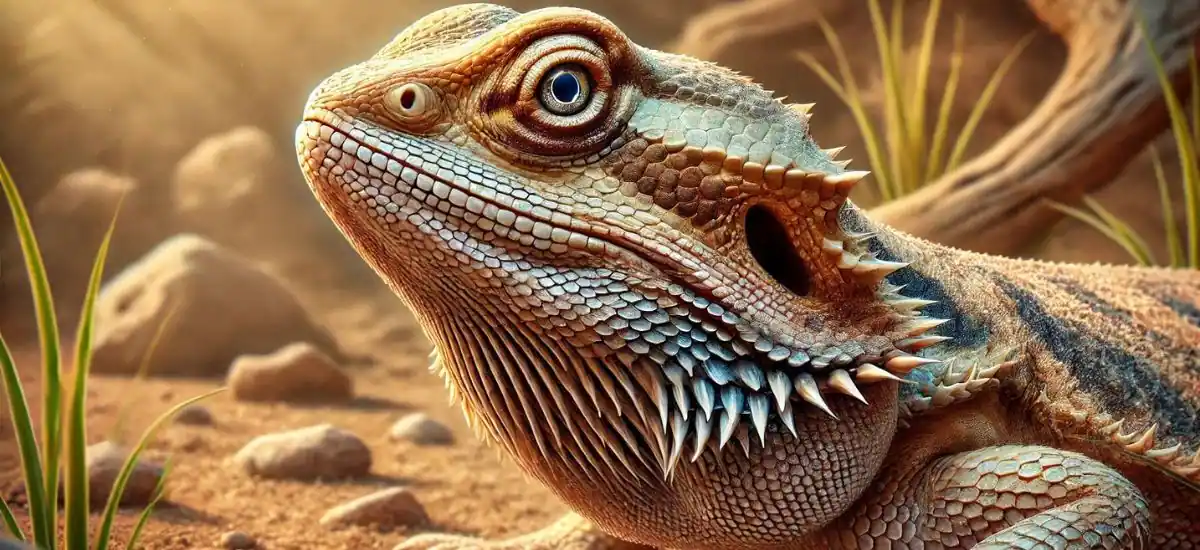
The third eye, or parietal eye, isn’t like the other two eyes bearded dragons have. You can find it on the top of their head, and it’s usually a bit hard to see, looking like a faint gray spot. Although it can’t see images, it senses light and shadows, which is super helpful for the dragon.
Quick Facts:
- Where It Is: Smack dab on the top of the head, a little toward the back.
- What It Does: Helps the dragon figure out light changes, danger from above, and keeps their body clock in check.
Functions of the Third Eye
This special eye is like a superhero sense for bearded dragons—it keeps them aware and ready. Here’s what it does:
- Detects Light: Helps bearded dragons find the sunniest spots to warm up or shady spots to cool down.
- Spots Predators: If something moves quickly overhead, the third eye catches it, helping them to stay out of harm’s way.
- Manages Sleep: It helps them wake up and sleep at the right times by sensing daylight.
Common Misconceptions About the Third Eye
Sometimes, people think the third eye can do more magical things, like mind reading or seeing into the future. Let’s clear up some common myths:
- Myth: The third eye can see like normal eyes. Fact: It doesn’t see images but senses light and shadows.
- Myth: It has mystical powers. Fact: It’s really just about sensing the environment, not psychic abilities.
Understanding what the third eye can and can’t do helps us take better care of bearded dragons and appreciate their unique traits.
Impact of the Third Eye on Bearded Dragon Behavior
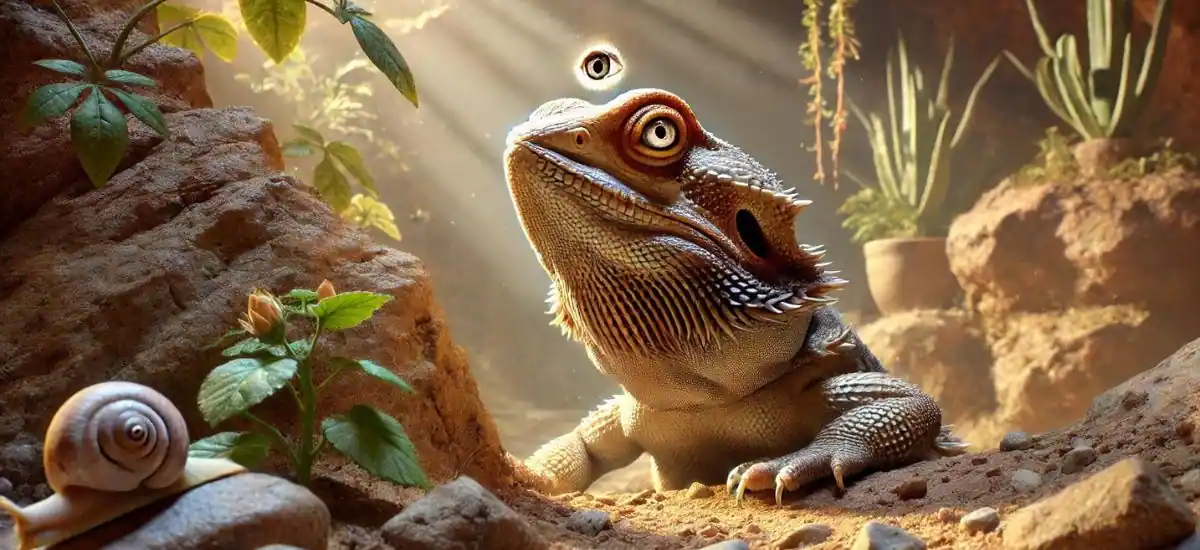
The third eye is like a built-in survival tool that influences how bearded dragons behave. Here are a couple of ways it affects their daily life:
- Sunbathing and Hiding: By sensing light, the third eye helps them find the perfect spot for basking or hiding. This keeps them at the right temperature and safe from predators.
- Reacting to Danger: If the third eye detects sudden changes above, bearded dragons might freeze or scurry away. It’s their quick response system kicking in.
Watching your bearded dragon in action can be fascinating, especially when you know what to look for!
Caring for a Bearded Dragon Considering the Third Eye
To make sure your bearded dragon is happy and healthy, consider their third eye when setting up their home. Here are some tips:
- Lighting: Provide a gradient of lighting in their enclosure, from bright spots for basking to shaded areas for cooling off.
- Safety: Since they can be startled by sudden changes, try to keep their environment calm and free from unexpected shadows.
Frequently Asked Questions
Q1. Can a bearded dragon see through its third eye?
Ans: No, the third eye doesn’t see images. It senses light intensity and changes, which helps the dragon react to its surroundings.
Q2. How does the third eye affect a bearded dragon’s mood?
Ans: The third eye helps regulate their body clock, which can influence their mood. Proper light exposure keeps them more active during the day and helps them sleep better at night.
Conclusion
The third eye of a bearded dragon is a unique evolutionary feature that enhances their survival and well-being. By understanding how this eye works, you can better care for your pet and appreciate the incredible nature of these creatures. Remember, every part of their biology, including the third eye, is a window into the life of these fascinating reptiles.

